Ignoring the value of Iranian red gold (saffron)
Iran is the largest producer of saffron in the world in terms of quality and quantity, but there are still problems from the production stage to its export.
The negligence of the officials to this colorful and fragrant substance, which has a high value and is referred to as red gold, has caused this valuable plant, whose production in Iran is several thousand years old, to be forgotten, and in contrast, other countries. Which have borrowed saffron plant from Iran, to be known in the world as the main producer of this product.
Despite the high price of saffron, from the stage of separating saffron flowers from onions to drying its roots, it is the responsibility of the farmer himself and no health is supervised, and the farmer and his family go through all these steps until the market is available at home. he is doing it.
Gholamreza Miri, head of the Mashhad Saffron Sellers Association, said that the saffron harvesting process is done by traditional and manual methods, noting that saffron fields are not suitable for mechanized machines.
He added: Because saffron bulbs are planted at a distance of 20 cm from each other, a distance of 50 to 60 cm is required to use these devices. In addition, the wheels of machines that walk on the ground cause pressure on the saffron bulb and damage it. Arrives.
Miri stated that for each kilo of saffron, 700 thousand to one million Tomans will be paid for the separation of flowers from the roots, adding: This separation is done in a traditional and manual way by 120 thousand farming families, and therefore pollution and foreign materials to Comes with.
Regarding the use of mechanized devices to separate flowers from saffron roots, he said: Devices for separating saffron roots from flowers are to enter the market. If these devices are used, the cost of separation will be reduced and as a result, the cost of saffron will be reduced. It is in the interest of both the consumer and the development of exports.
The head of the Mashhad Saffron Sellers Association, referring to the other advantages of these devices, said: Foreign materials and pollution do not enter the saffron and become the same saffron that the buyer wants from us.
He pointed out that each type of saffron that is tested in the laboratory unit can have between 300 and 325 units of color, he said: any type of saffron that has more color units, has a higher price and buyer. Iranian saffron is known in the world for its color unit.
Miri added: Another advantage of using mechanized devices is to keep the color unit high, while the traditional method of saffron color unit is 220 to 230.
Miri said that if the saffron is not dried, it will mold, adding: drying the saffron is the responsibility of the farmer and is done by hand; The Saffron Union starts its work when the farmer puts his saffron on the market and before that it is the responsibility of the farmer himself and the Jihad Agricultural Organization.
The head of the Mashhad Saffron Traders’ Union, emphasizing that 92% of the world’s saffron is supplied by Iran, said: In the last 6 months, we have had a 5.7% increase in exports compared to last year, and every year an average of 15 tons of saffron is packaged in 47 countries. The world is exported.
He said that 94,000 hectares of agricultural land in Khorasan is cultivated with saffron and most of the saffron production is done in Torbat-e Heydarieh, noting that 75% of saffron is produced by Khorasan Razavi and 25% by South Khorasan. In addition to these two provinces, 22 other provinces cultivate saffron.
Miri added: In most foreign countries, saffron is used for industrial purposes and saffron is used in health, pharmaceutical, alcoholic and non-alcoholic beverages.
Emphasizing that the import of saffron to Iran in any form is prohibited, he added: Iran has a capacity of 450 tons of packaging and there are more than 50 approved brands in Iran, each of which offers saffron internally and externally.
Regarding counterfeit saffron, the head of the Mashhad Saffron Traders’ Union said: There are more than 50 quality control units, and those who want to be sure of the saffron they have bought should buy saffron with the standard mark, because if the saffron has low quality or problems, it can Pursue this issue otherwise no one is responsible.
He continued by stating that if saffron does not have a standard mark, it will be introduced to the punishments: 7000 packages of saffron were collected from the market last year due to counterfeiting or the presence of chemicals and foreign substances.
Regarding saffron problems, he said: Price fluctuations on the market level is one of the main problems of exporters, because when an exporter wants to sign a contract with foreign countries, he is asked to sell saffron at a fixed price for a certain period of time, which unfortunately Such a method cannot be used in Iran. Also, the political problems that have entered the field of economics have reduced exports.
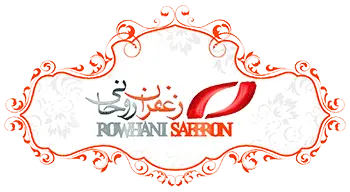
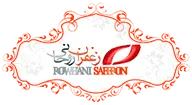
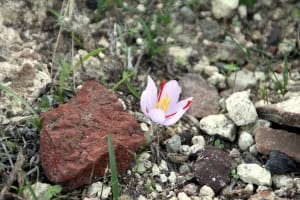
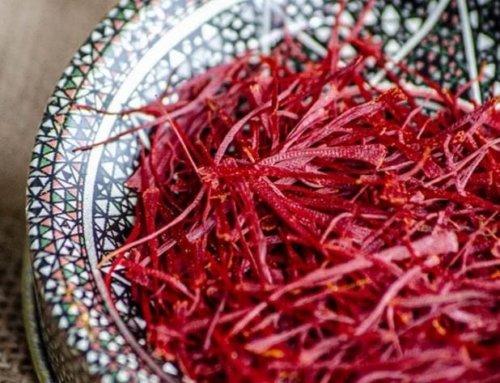
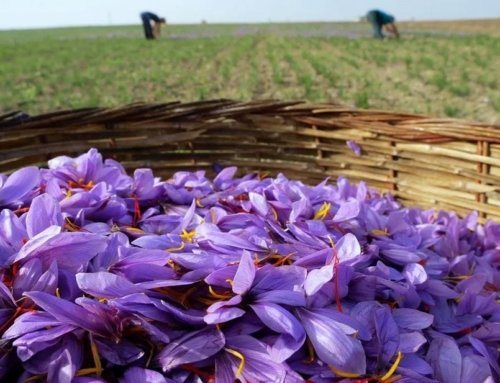
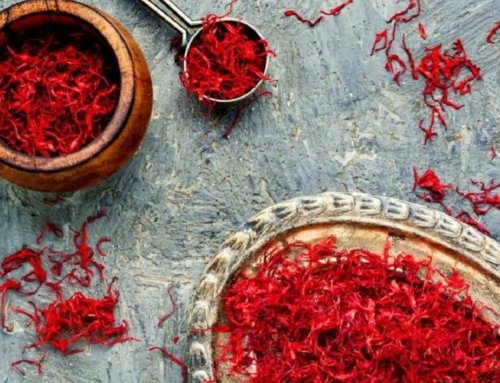
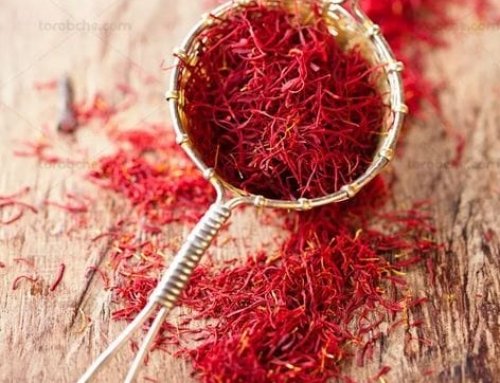
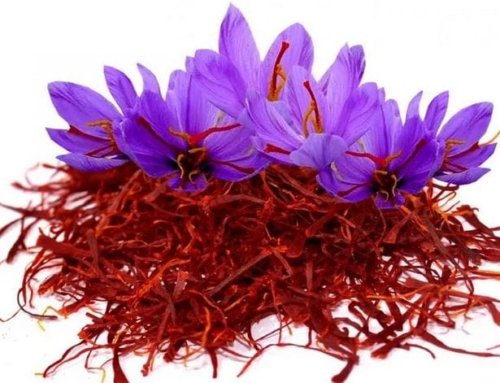
Get Social